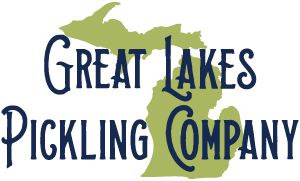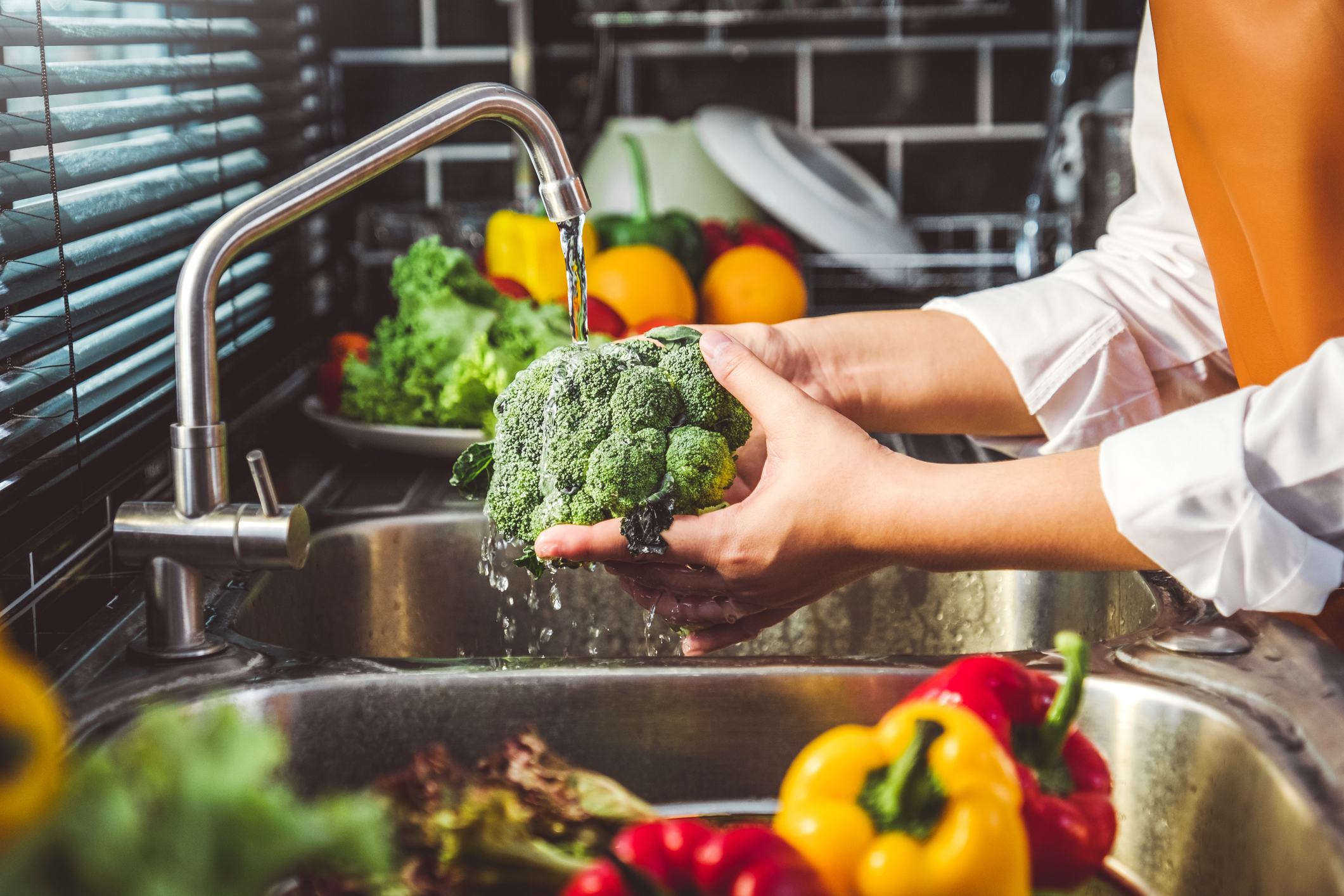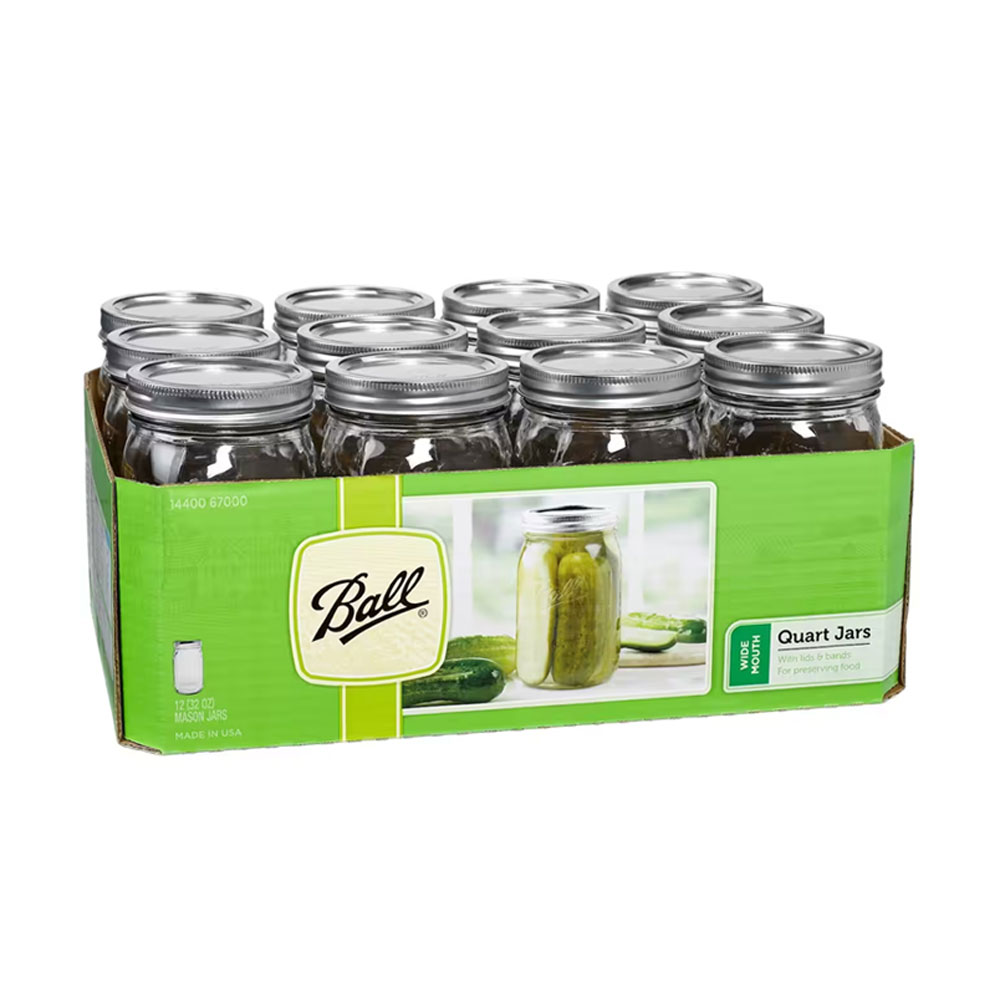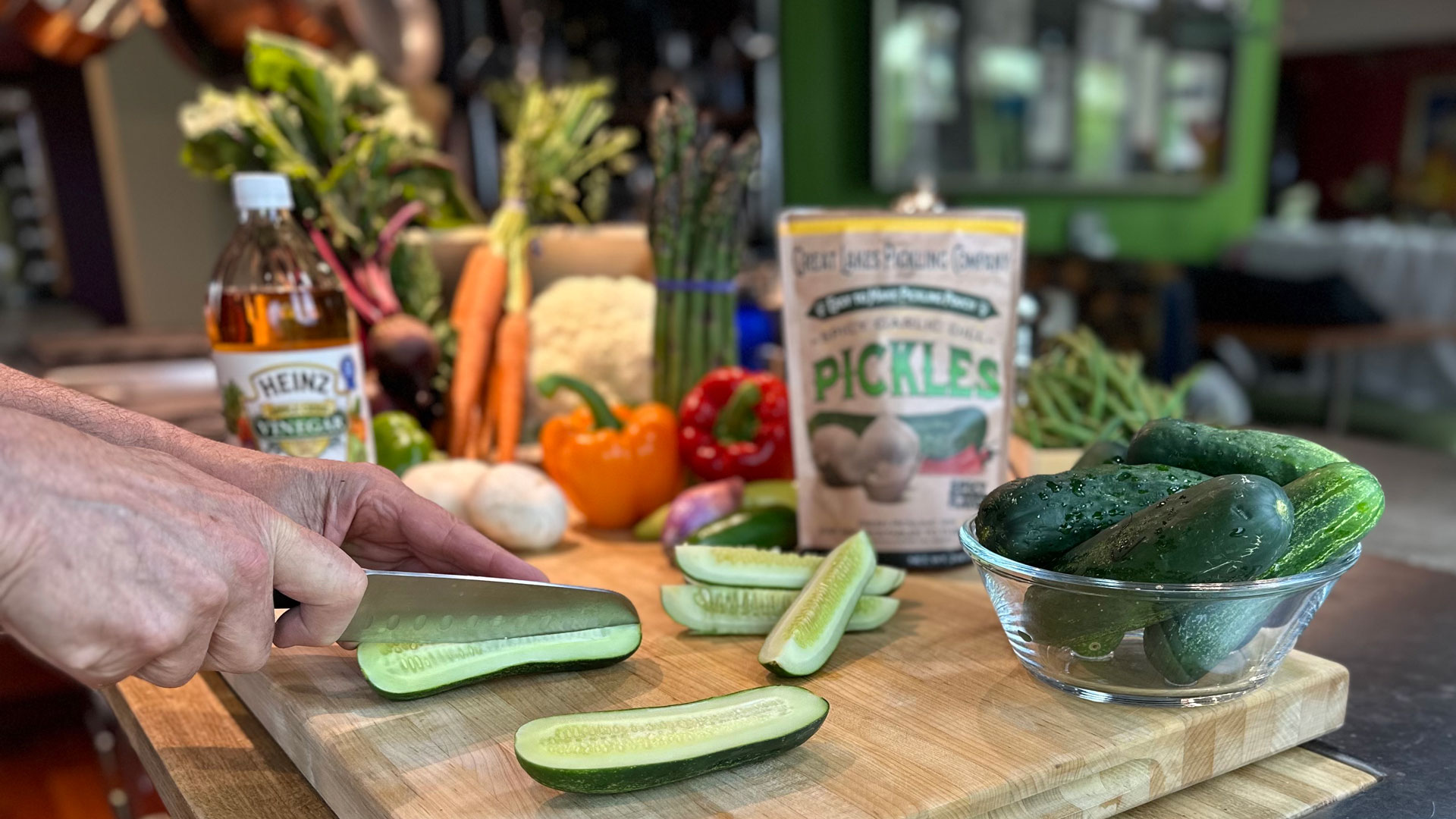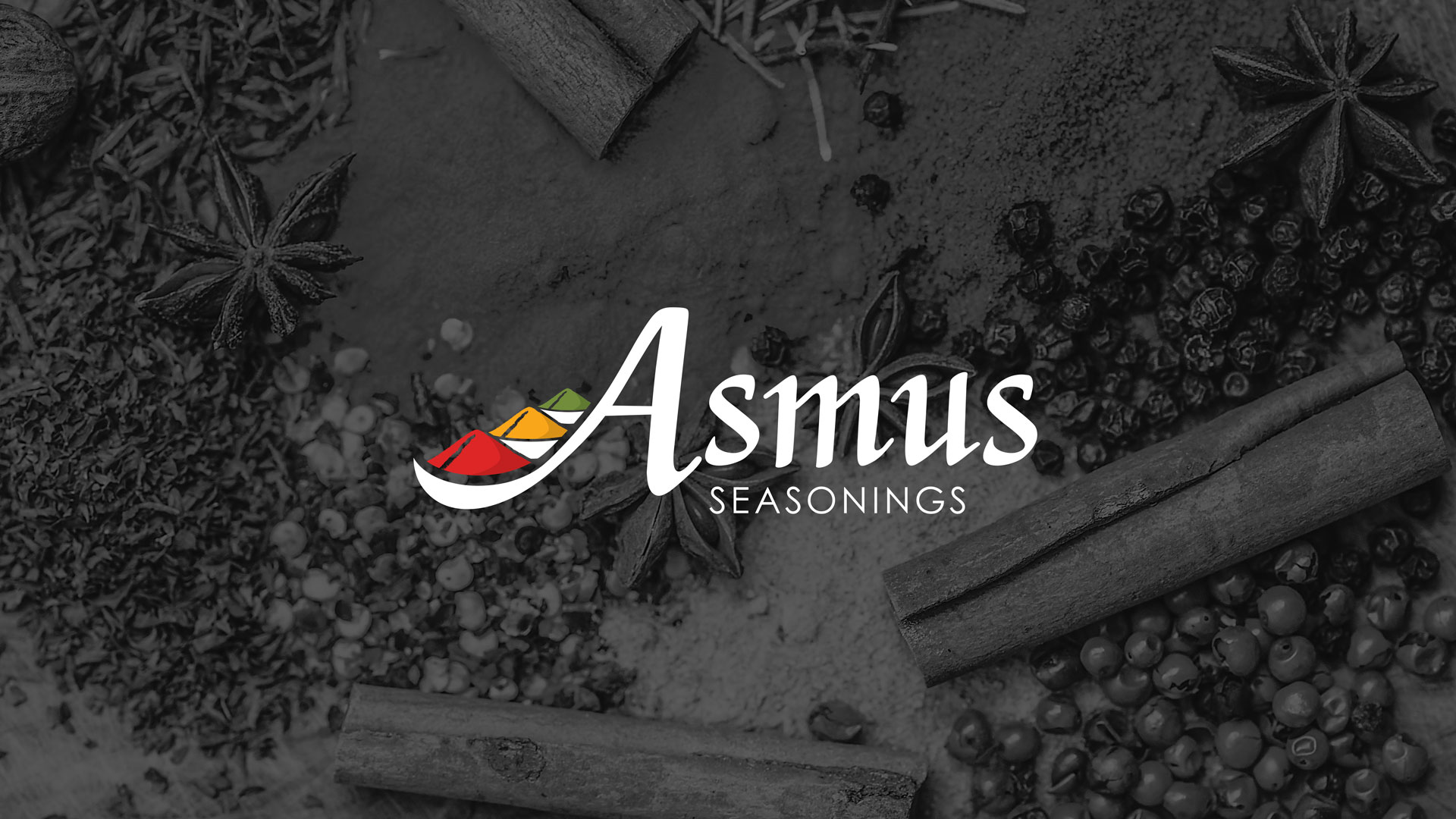I mean, what’s a little dirt?

I suppose that if you have a garden in your backyard, and as such, can completely control all its conditions from pests to pesticides, you might feel relatively safe enjoying the produce you harvest from it with just a minimal amount of cleaning.
Unfortunately, the VAST majority of us rely on farmers, both in and out of this country, to grow, ship, and supply our local markets with the produce that we consume.
While the Food and Drug Administration (FDA), the United States Department of Agriculture (USDA), and our local health departments set some standards for growers, food processors, and grocers to ensure the wholesomeness of the produce that comes to market, the work doesn’t stop once those groceries spill out of the bag and onto our kitchen counter.
Aside from the obvious blemishes, some dirt, wax, or film, there are some other less obvious residues lurking about, such as pesticides, and whatever bacteria, or worse, that may come from human exposure and handling, especially in open-air markets.
It can even happen in processing plants where even wrapped produce is occasionally suspect.
Trimming and washing your produce is essential to ensure that the products you pickle start out as pristine as possible. Especially considering that you want GOOD Lactic Acid bacteria to develop in your pickling brine. Not some freeloading bacteria which could spoil your precious pickles. Or worse.
A little precaution is all it takes. It’s easy, takes almost no time, and costs almost nothing.
Oddly enough, while there are a number of choices you can make to clean your produce, there’s also a good deal of debate as to which products or methods are really the best.
Here are eight to consider.
Wash Your Hands
It wouldn’t make much sense to wash your vegetables with ANY product or method, then pick them up with your OWN dirty hands. Tip number one: wash YOU first.
Buy Organic
While organically grown produce may still have some pesticide residues (yes, some are allowed for use on organically grown produce), there are fewer and generally less harmful. You’re still dealing with the human handling and exposure issues, however.
Rinsing/washing in cold water
Yep, just cold water. Even the FDA seems to suggest it’s better than other options, although the Vegetable Wash industry begs to differ. Keep in mind that you should wash your veggies BEFORE you peel them so that you don’t inadvertently migrate pesticides and other bad stuff from the outer peel to the inner flesh of whatever you’re washing. To learn more, here is a more in-depth article.
Vegetable Washes
Albeit one of the most expensive options, the aforementioned vegetable washes have their merit. There are many on the market to choose from. Here are a couple of links below to two of the more popular ones on the market.
Salt Water Soak
A 20-minute soak in a 10% Salt and Water solution has, in some studies, proven to be far more effective in removing pesticides than just washing in water alone. How much more? Far more…(it isn’t specified).
Vinegar and Water Soak
Although a 20-minute soak in a 10% Vinegar and Water solution is similar in results to the Salt and Water solution, this method comes with a major drawback. Vinegar tends to impart a flavor that you may be able to detect. Having said that, if you’re cleaning vegetables to be pickled, well, you just got a head start!
Baking Soda and Water Soak
A solution of 1 teaspoon of baking soda to 2 cups of water had a cleansing effect on apples in a study published in the Journal of Agricultural and Food Chemistry. It is noted that it took about 12 to 15 minutes to completely remove the pesticides. The remaining baking soda can be used to keep your fridge smelling great, in the event your lunch doesn’t last as long as your lettuce.
Hydrogen Peroxide
Last, but certainly not least, and for many, the Holy Grail of disinfecting, Hydrogen Peroxide removes all kinds of bacteria and pathogens from virtually everything it comes in contact with.
The added bonus? Minus bacteria and mold, your produce will last longer, and many say, taste even better!
It sounds kind of “chemical-y” but not to fear, the FDA (Food and Drug Administration) gave it the GRAS (generally recognized as safe) status, and has approved it for use in producing food and sanitizing packaging.
The “secret sauce,” is simply a bowl with an equal measure of a 3% Hydrogen Peroxide solution (the usual drug store concentration) and water.
Put on some gloves, place your veggies in, and give it a gentle mix. Let it rest a few minutes, then rinse with water and place it on a clean towel or in a drying basket until ready to use, or store.
As Hydrogen Peroxide has a rather short shelf life once exposed to air, it’s best to make a new batch every so often, if cleaning a lot of vegetables.
